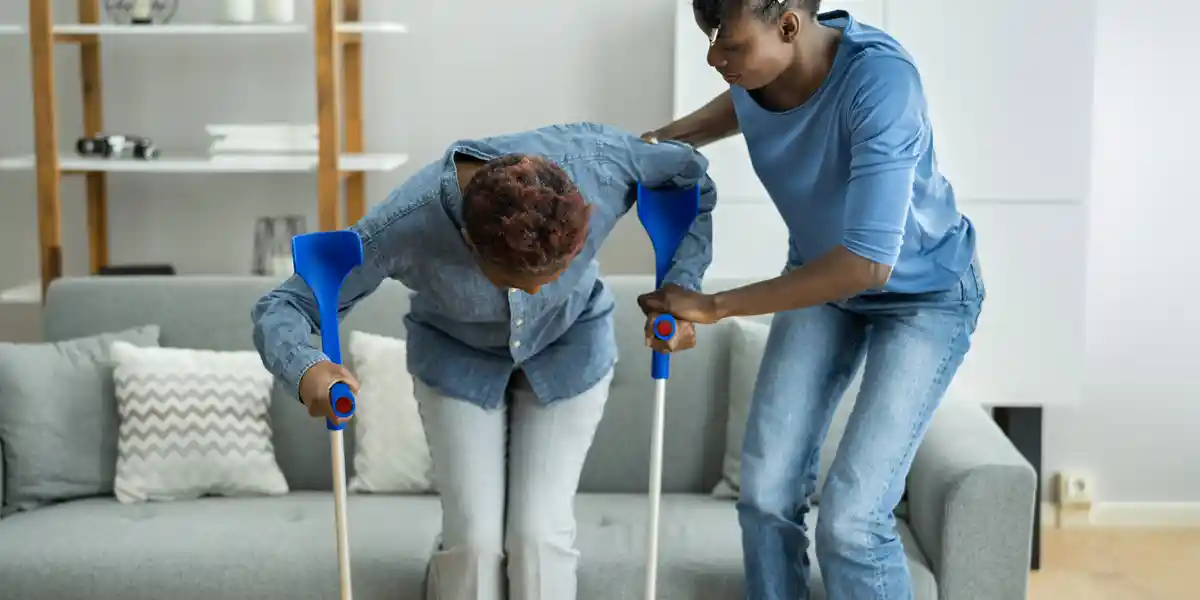Case Studies Unveiled: What They Say About Staffing Levels and Fall Prevention in Nursing Homes
We hope you find this Nursing Home Neglect Blog Article both Helpful and Informative.

You know, folks, we often hear about the importance of adequate staffing in nursing homes, especially when it comes to fall prevention. But let’s be real—how often do we actually dive into the data to confirm these claims? We’re about to dig into some compelling case studies that shed light on the relationship between staffing levels and fall prevention in nursing homes.
Why Case Studies Matter
Case studies give us a microscopic view of a problem, examining all its intricacies in a real-world setting. If statistics and data were a map, then case studies would be the magnifying glass—essential for understanding the details that often get overlooked.
Staffing and Falls: The Hard Truth
A landmark case study published in the Journal of the American Medical Directors Association (JAMDA) found a clear correlation between staffing ratios and fall rates in nursing homes. In homes where staffing was lower, the rate of falls was alarmingly higher. It doesn’t take a genius to connect the dots here. Fewer hands on deck mean less supervision, and that equates to more falls.
Quality Over Quantity? Think Again!
We’ve all heard the age-old argument: It’s not about how many staff members there are, it’s about how qualified they are. But guess what? Another groundbreaking case study from the University of California, San Francisco debunks this myth. According to the research, even the most skilled staff can’t make up for being outnumbered. There’s a limit to what human beings can accomplish when stretched too thin.
Best Practices Identified
Some case studies go beyond identifying problems; they offer solutions. A model study in the Health Services Research journal examined various best practices across nursing homes and their impact on fall rates. Homes that maintained a staff-to-resident ratio of at least 1:8 during all shifts showed a significant reduction in falls. That’s data talking, not just wishful thinking.
The Florida Angle: A Closer Look at State Regulations
Interestingly, the state of Florida has been a focal point in several case studies on this subject. Florida law requires a minimum staffing level for skilled nursing facilities, currently set at 1 certified nursing assistant (CNA) for every 20 residents and 1 licensed nurse for every 40 residents. Case studies confirm that facilities adhering to or exceeding these standards report fewer falls and better overall patient outcomes.
Resource Allocation and Its Consequences
What happens when resources are tight? Case studies indicate that facilities forced to cut corners on staffing end up paying a hefty price, not just in terms of resident safety but also in legal repercussions.



